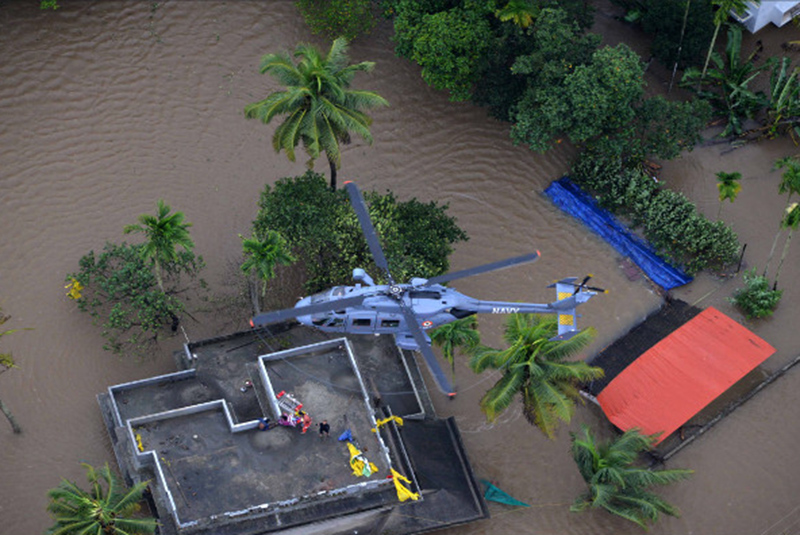The human misery following the devastating floods in Kerala has been colossal, with rescue, relief and rehabilitation efforts calling for the mobilisation of a huge quantum of funds.
Several questions remain unanswered on the causes of the floods, and whether the calamity could have been prevented. Domain experts feel that ineffectual monitoring and surveillance of water levels in dams and rivers by using sensors, lack of effective coordination among agencies responsible for monitoring water levels in dams, inadequate triangulation of data on reservoir levels, inflow into the dams and forecasts and ‘nowcasts’ on rainfall were critical gaps. These shortcomings were compounded by the priority concerns for power generation by hydroelectric dams without resorting to rule curves and management plans.
The calamity’s human origins should be a warning to the perils of unplanned development. Mindless deforestation, unchecked growth of commercial plantations and monoculture, indiscriminate quarrying and stone cutting – often using explosives – sand mining from rivers were a sure recipe for disaster. Compounding these were unauthorised construction in Eco Sensitive Areas, sediment, silt and debris deposits in rivers, unscientific construction of dams and check dams, encroachment and diversion of wetlands, lack of drainage facilities and grossly insufficient solid waste management mechanisms.
Copyright©Madras Courier, All Rights Reserved. You may share using our article tools. Please don't cut articles from madrascourier.com and redistribute by email, post to the web, mobile phone or social media.Please send in your feed back and comments to [email protected]











